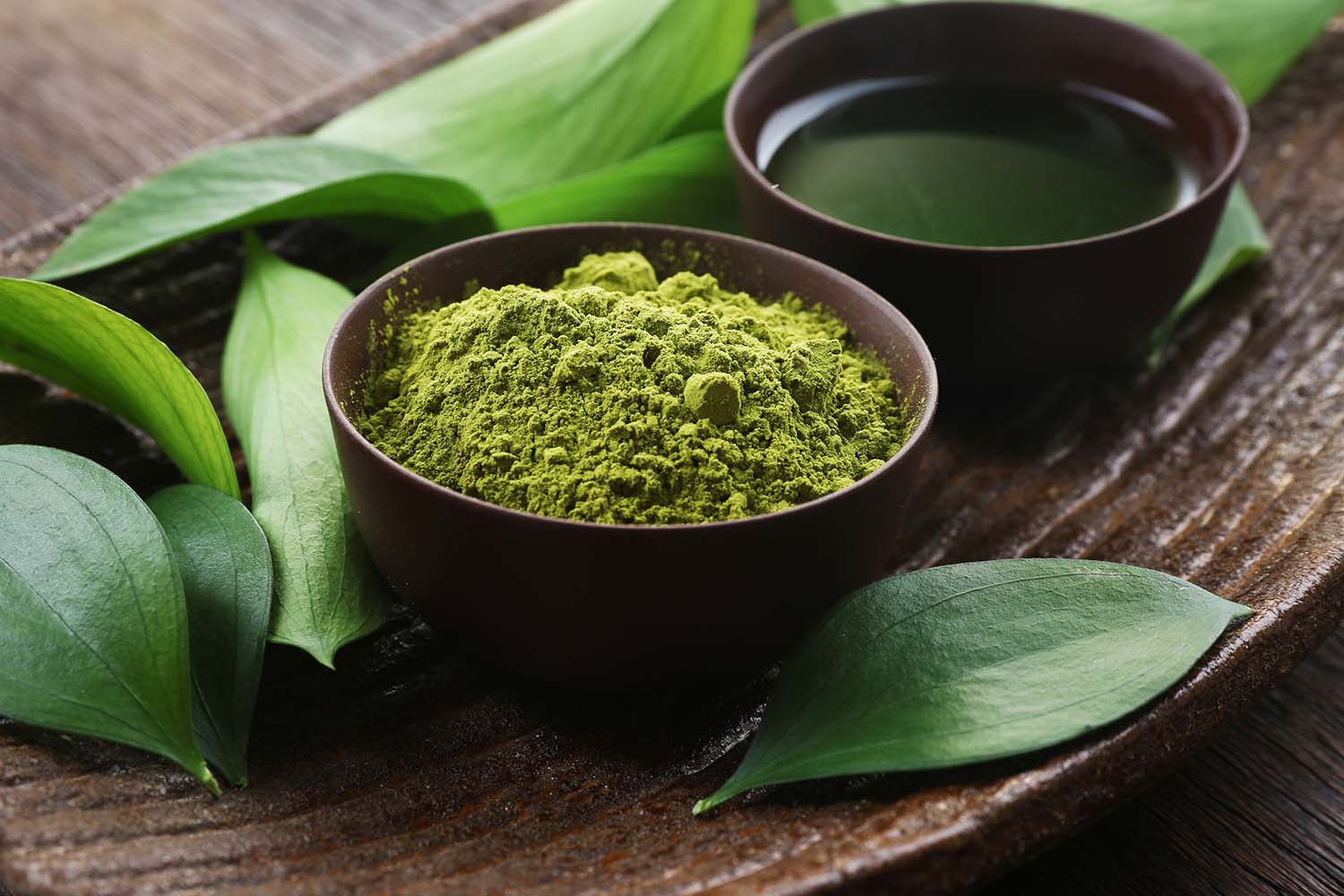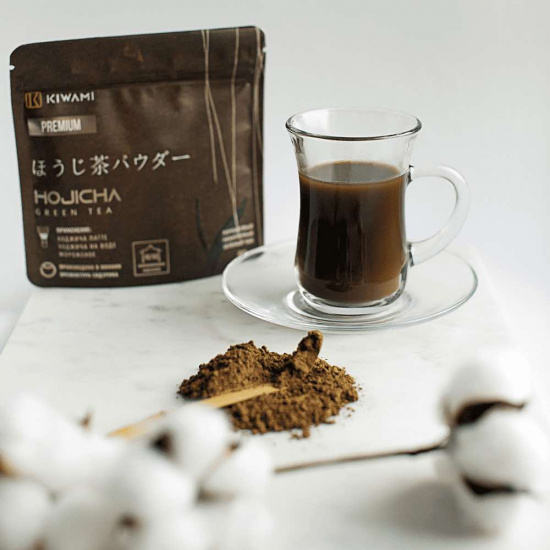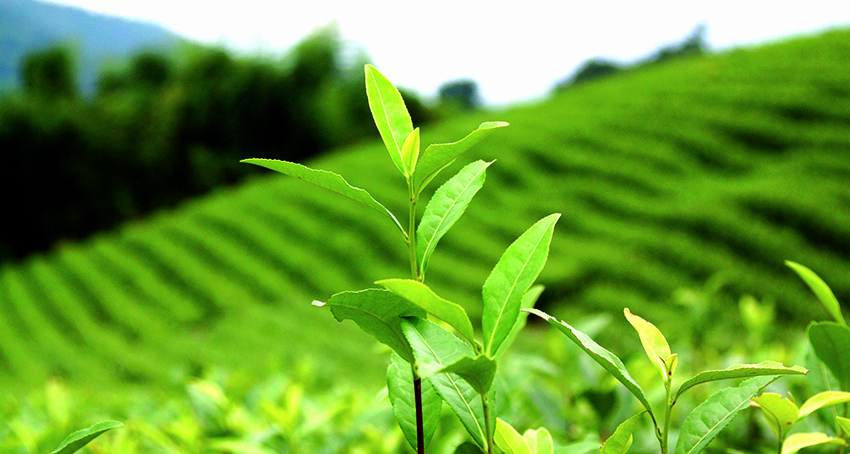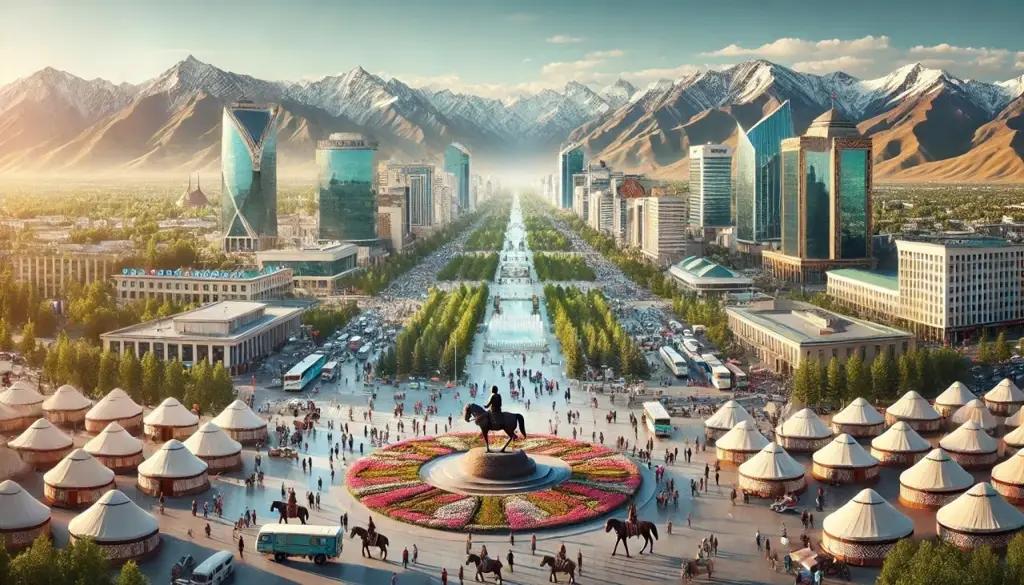
Published
07/30/2025, 14:07Not long ago, matcha was considered the go-to drink for anyone wanting to stay trendy. The green powder with its rich flavor was everywhere — from coffee chains to Instagram stories. But now, that craze has faded. Matcha has become too expensive even for those who couldn’t imagine their mornings without it just recently. Young people, especially Zoomers, are already choosing a new go-to drink.
The situation started in Japan. According to the BBC Business Department, in 2024, matcha plantations around Kyoto suffered from heat and poor harvests. Yield dropped by 50%, while demand only increased. This triggered a chain reaction: wholesalers began raising prices, and at auctions, matcha prices hit historic highs. A kilogram of premium powder reached 8,000 yen — which is already too expensive for the domestic Japanese market. Not to mention the export market, which became so costly that buyers started imposing sales limits.

While Japan was searching for ways to stabilize the situation, consumers worldwide began rethinking their habits. Young people who were used to drinking matcha lattes on their way to work started looking for alternatives. After all, paying three times more for the same cup just became simply unreasonable.
This gave rise to a new favorite — hojicha. It’s also a green tea, but processed differently: its leaves are roasted at high temperatures, which gives hojicha a smooth, nutty-caramel flavor with a subtle smoky note. Unlike matcha, it contains almost no caffeine, making it an ideal drink.
But most importantly, hojicha is still much cheaper. Its production is less costly, and demand is just starting to grow, so producers haven’t had a chance to raise prices yet. Coffee shops quickly picked up the trend, offering hojicha lattes and cold drinks made with this tea. A new social media challenge has emerged — creating the most delicious hojicha drink at home.

The tea import situation in Kyrgyzstan confirms this trend. According to TradeMap data, in 2024 the country imported 1,240 tons of green tea, slightly less than the 1,570 tons imported in 2023. Meanwhile, the import value dropped to 2.7 million USD from 5.4 million USD. The main supplier is China, which shipped 619 tons of tea to Kyrgyzstan in 2024, totaling 1.325 million USD. Japan does not appear among the major exporters. This further illustrates that the Kyrgyz market favors more affordable teas, leaving expensive Japanese matcha outside of mainstream consumption.
It’s worth noting that in the first five months of 2025, Kyrgyzstan imported 271.8 tons of green tea worth 444,000 USD, with the majority coming from China.

This shift in trends highlights how quickly young people — the main drivers of economic processes (author’s note) — change the market for products. As soon as a product becomes inaccessible to the mass consumer, it is immediately replaced by something new and more affordable. While the industry is trying to save matcha from becoming an exclusive luxury for the few, Zoomers have already chosen their new favorite. So, if your business depends on trends, the key to success is to be quick in offering new products to your customers.


